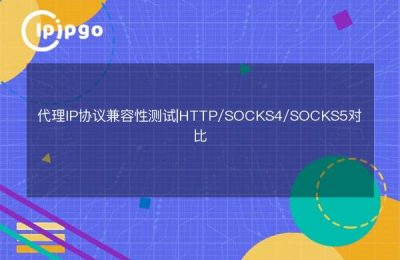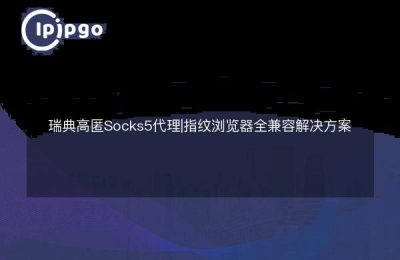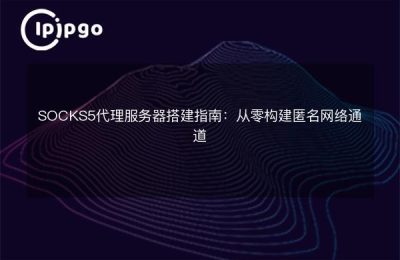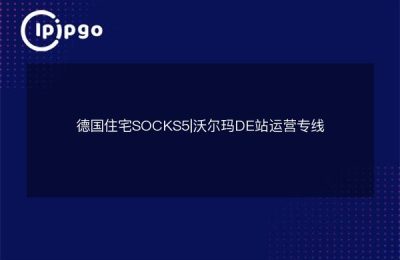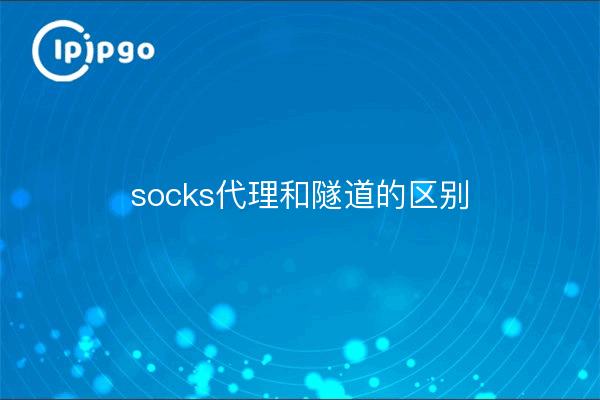
socks proxies and tunnels are two commonly used methods in network technology, and they both have their own unique characteristics and uses. Before introducing their differences, let me first give you a brief introduction to the concept of socks proxies and tunnels.
I. Introduction to socks proxy
A socks proxy is a network protocol used to communicate data between computers. It can forward the user's network request to the target server through the proxy server, and at the same time, hide the user's real IP address during the communication process to improve the user's network security and privacy protection level. Through socks proxy, users can realize the functions of accessing blocked websites, hiding their real identities, accelerating network connections and so on.
The socks proxy is a layer 5 application protocol based on the TCP/IP stack. Compared with other proxy methods such as HTTP proxy, the socks proxy has higher flexibility and versatility. It can proxy the data traffic of any web application, including web browsers, email clients, instant messaging tools and so on. In addition, socks proxy supports UDP protocol, which can transmit real-time audio and video and other data.
II. Introduction to the tunnel
Tunneling is a network communication technology that transmits data in accordance with certain encryption and encapsulation methods by creating a virtual channel over the network. Tunneling can encapsulate different types of data and transmit them over the underlying network to ensure data security and reliability. Common tunneling technologies include IPSec tunnels, SSH tunnels, tunnels, and so on.
Tunneling is commonly used to establish secure remote connections for remote access, data transfer and encrypted communications. Tunneling allows users to transmit sensitive data in an insecure network environment while protecting the confidentiality and integrity of the data. Tunneling can also bypass network blocking and censorship, enabling access to blocked websites and services.
Third, the difference between socks proxy and tunneling
Although both socks proxies and tunnels can be used for network data transit and protection, there are some differences in their implementations, functional characteristics and applicable scenarios.
1. Differences in realization
A socks proxy is used to forward a client's network request directly to the target server by establishing a communication connection between the client and the proxy server. Tunneling, on the other hand, is achieved by creating a virtual channel on the network and running specific tunneling devices or software at both ends of the tunnel to transfer data.
2. Differences in functional characteristics
The socks proxy is mainly used to hide the user's real IP address, access blocked websites and services, speed up network connections and other functions. It can proxy any network application and is not limited to specific protocols and ports. Tunneling, on the other hand, focuses more on data security and reliability, and it encrypts and encapsulates transmitted data to provide a higher level of network protection.
3. Different application scenarios
The socks proxy is suitable for general users' network access and privacy protection needs, such as when doing web browsing, downloading files, using instant messaging tools, etc. By configuring the socks proxy, you can realize access to restricted content or areas. Tunneling technology, on the other hand, is more suitable for enterprise users, network administrators and professionals for establishing secure remote connections, protecting sensitive data, bypassing network blocking and so on.
For example, when you want to access your company's internal website located in China from your office, you can configure a socks proxy to forge IPs to gain access to the country. And when you need to protect the security and confidentiality of your network connection, you can protect the data transfer by creating an IPSec tunnel or using a tunnel.
To summarize, socks proxy and tunnel are two different network technologies, and there are some differences in their implementation methods, functional characteristics and applicable scenarios. Choosing the right method depends on the specific needs and usage scenarios. Whether we choose socks proxy or tunneling technology, we have to configure and use it reasonably according to our own needs and actual situation, in order to improve network security and protect personal privacy.

